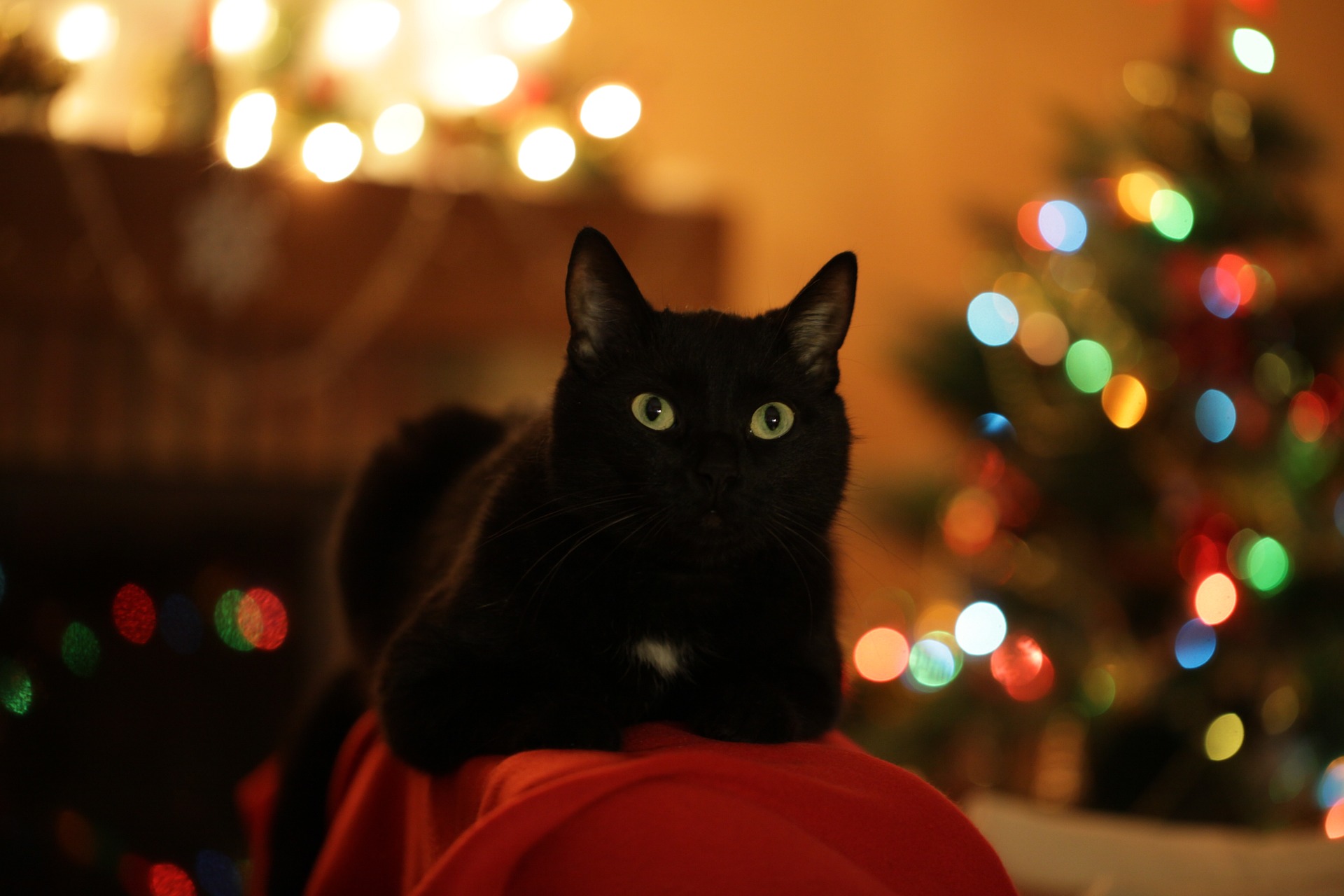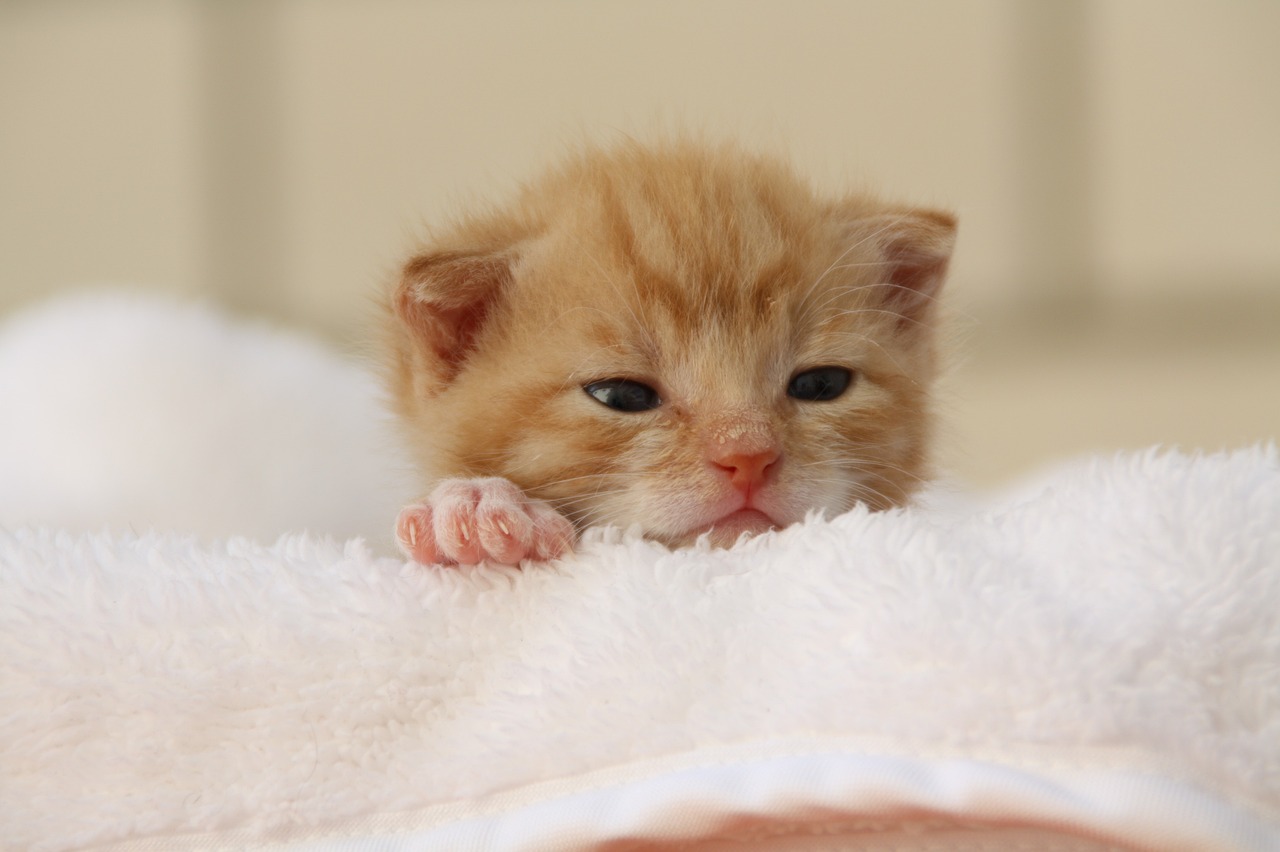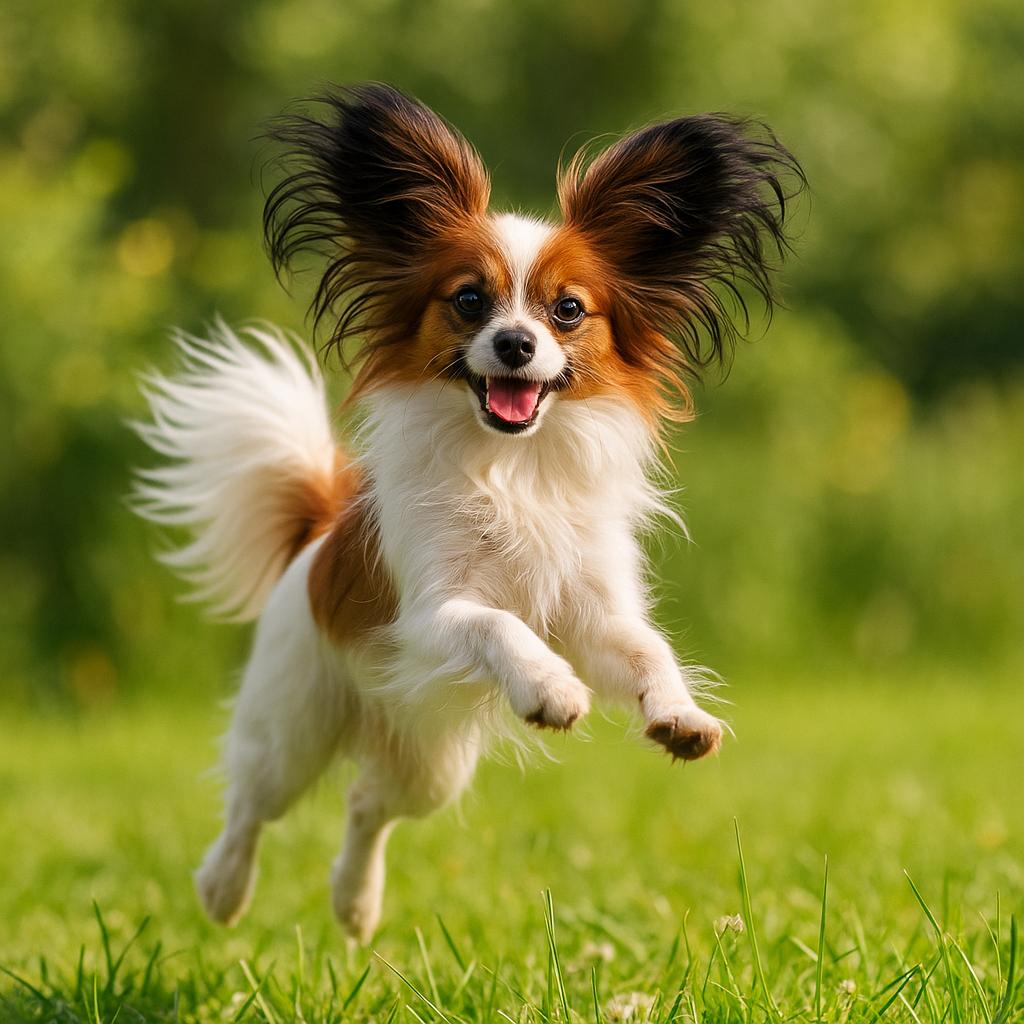
Papillon and Phalene: Smart and Graceful Dogs
The Papillon breed has quite distant origins and is not well documented. It is thought to descend from oriental spaniels, while the Spanish claim that it originated in Iberia. It spread to Italy during the Renaissance, then the breed was perfected by French breeders, which is why it was designated as French and Belgian.
It is not a very widespread or well-known breed, although it is bred in many European countries and in the United States. As mentioned in the title, there are two distinct types of Papillon: the Papillon and the Phalene, which differ only in their ears; the Papillon has erect ears, while the Phalene has drooping ears. It is not uncommon for both types to be born in the same litter.
During the Renaissance, it became a very popular breed among nobles and kings. The most famous admirer was undoubtedly Louis XIV, while a curious anecdote concerns Marie Antoinette, who apparently took her little dog with her to the guillotine. One of these little dogs can also be seen in a painting by Titian, who painted “Venus of Urbino” in the 16th century, where it is depicted dozing at Venus' feet.
It is considered one of the five most easily trainable breeds for obedience competitions.
Character of the Papillon dog breed
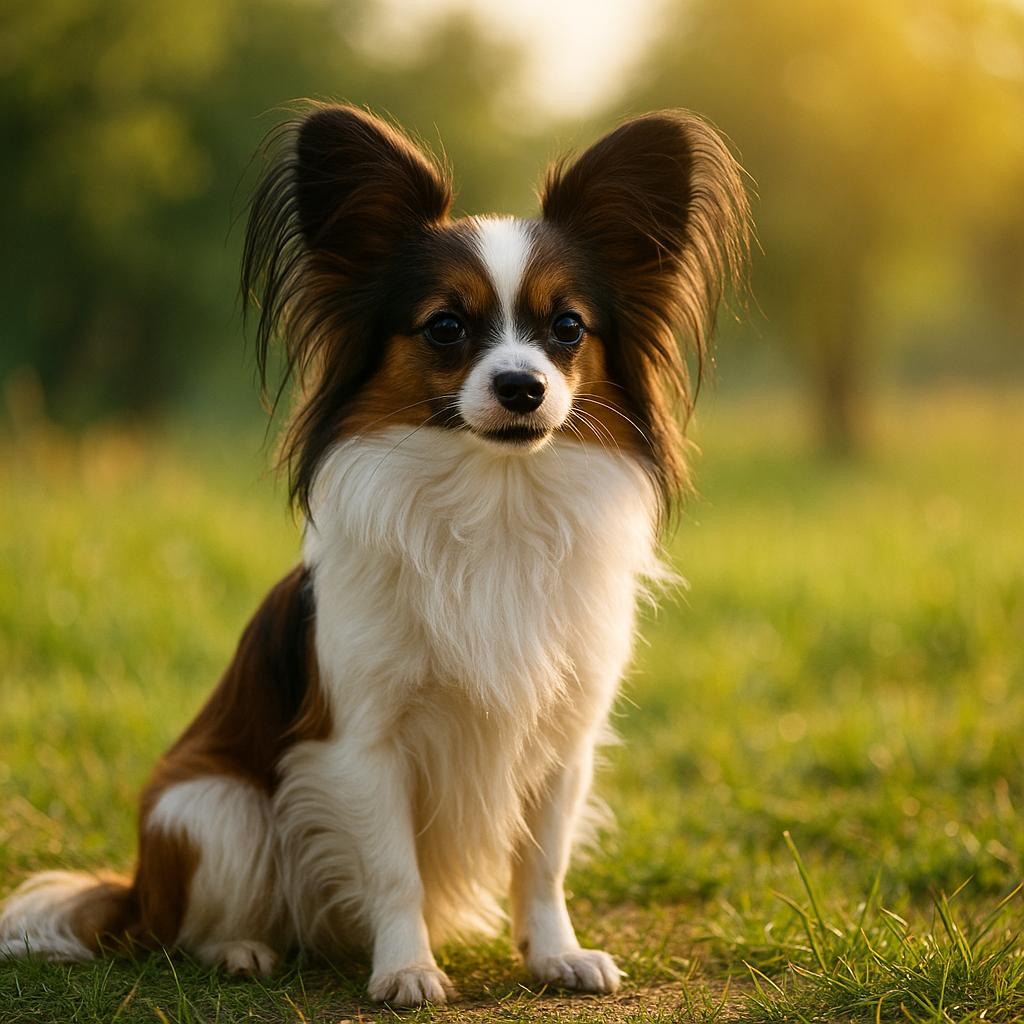
It has a cheerful disposition, is docile, lively and very affectionate and attentive with its family and loves to play. It loves domestic life, where it always seeks company and stays close to its owners in all circumstances. It loves travelling and seeing new places and is a curious dog. It is also very clean and quiet. However, it needs to be with active people, as it needs large open spaces every day to go for long walks and keep fit. It also needs mental stimulation through games and activities.
It is highly recommended for agility and also as an assistance and search dog.
It is an excellent companion dog and also a good hunter of various rodents. At home, it is generally calm and good-natured, while outdoors it becomes a true athlete capable of long walks and hikes, even in the mountains.
Appearance of the Papillon dog breed
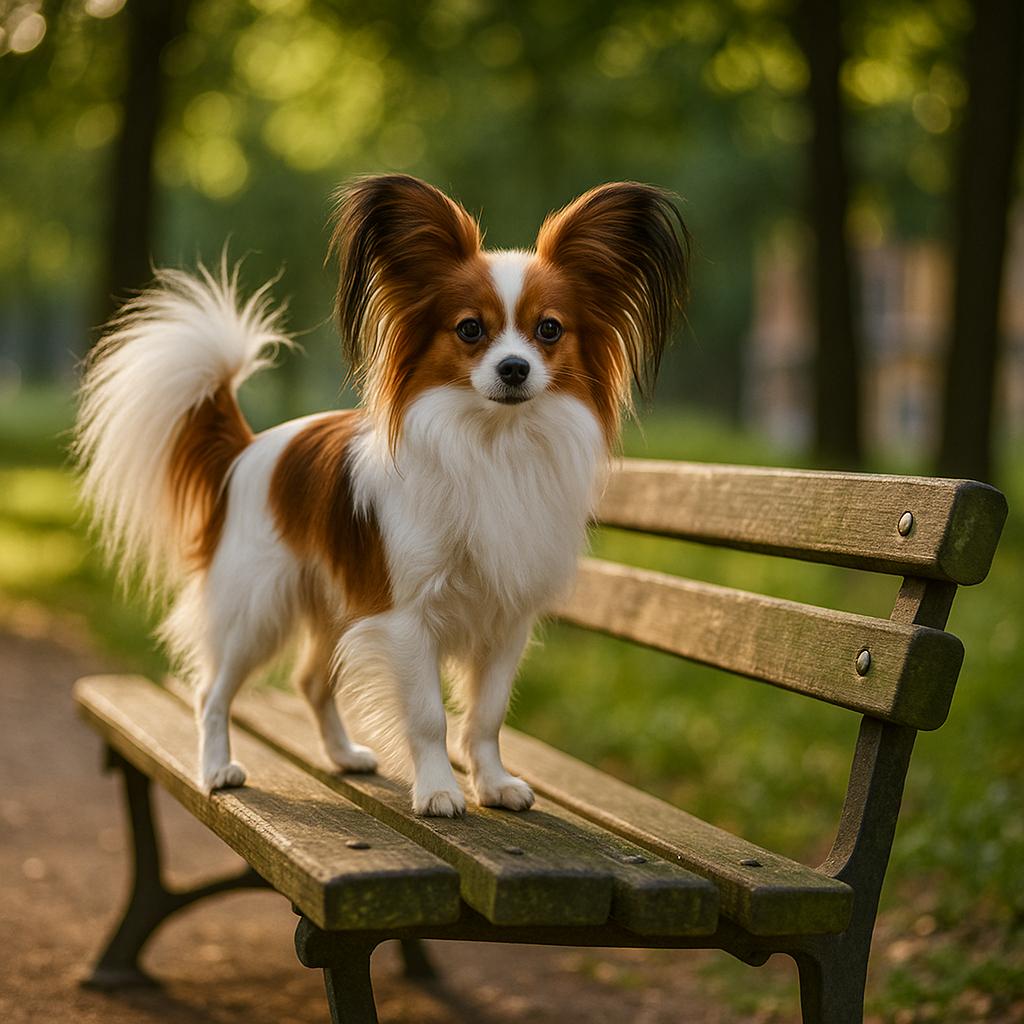
As already mentioned, there are two variants of the breed, the only difference being the ears. The two variants are the Phalene and the Papillon. The former have drooping, rather mobile ears, reminiscent of a butterfly, while the latter have erect ears, with the auricle well open and turned to the side. Both variants have long hair on their ears and tail. The body is slightly longer than it is tall.
The muzzle is moderately long, shorter than the skull; it has a small, round, black nose, while the eyes are dark, large, almond-shaped and very expressive.
The coat of both variants is long and silky and can be of various colours. The coat is thick, shiny and wavy and has no undercoat. The body has medium-length hair that extends onto the tail, neck (where it forms a collar) and chest. In some areas, the hair is twice as long as the body coat, specifically on the ears and the back of the legs, including the thighs.
The colour is generally white with black, red, sable or brown markings. All colours are permitted on a white background, but white must be dominant.
Care and health of the Papillon breed

As for coat care, despite its thick fur, this is not a problem at all. Just comb it often to prevent knots from forming. As already mentioned, it is a very clean dog. Particular attention should be paid to the ears, especially in specimens with drooping ears.
The only downside is their diet, as given their size, they tend to be fed several times a day; this can lead to loss of appetite and them becoming rather selective about the quality of their food.

